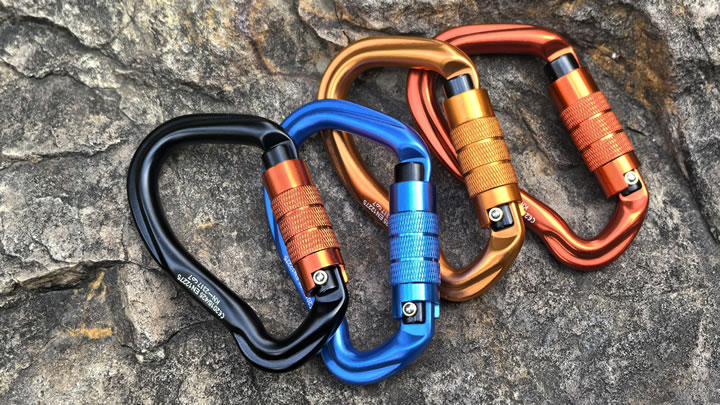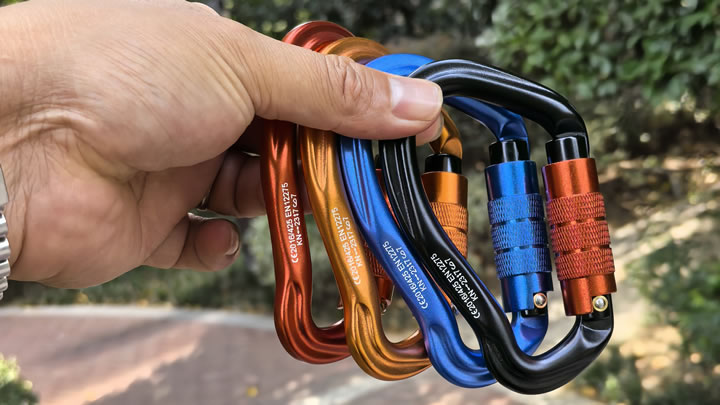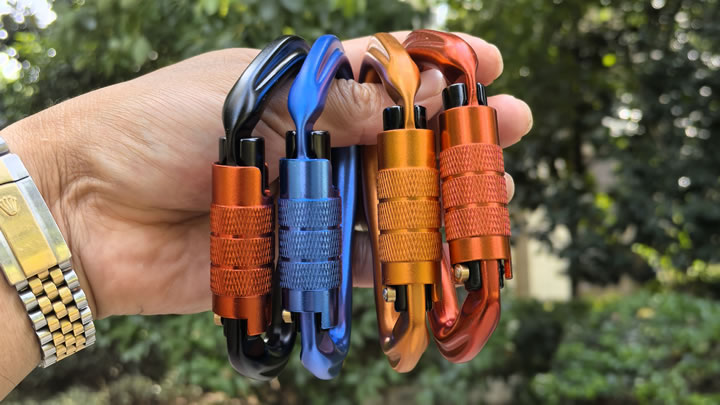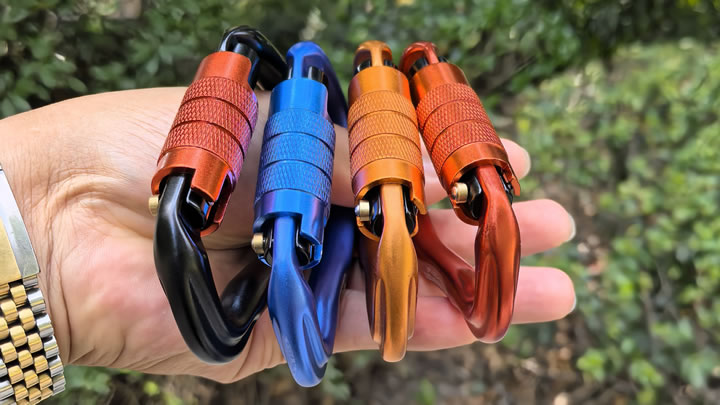Why is a waterproof emergency shelter more critical than space blankets?
Space blankets (emergency blankets) are ubiquitous in first-aid kits—lightweight, cheap, and compact. But relying solely on them for unexpected nights outdoors is a dangerous gamble. Here’s why a purpose-built waterproof emergency shelter (like a bivy sack or tarp) is non-negotiable for true safety:

The Fatal Flaws of Space Blankets
- Zero Weather Protection:Space blankets offer no barrier against wind, rain, or snow. In wet conditions, they cling to skin, accelerating heat loss via convection and conduction. Hypothermia risk skyrockets.
- Fragility & Single-Use Design:Made of thin metallized plastic, they tear on branches, rocks, or even zippers. One snag = useless debris. They’re not reusable.
- Condensation Trap:Body moisture condenses on the non-breathable interior, soaking your insulation layers. Wet clothing loses 90%+ of its warmth.
- No Ground Insulation:They provide minimal separation from cold/wet ground—a major cause of conductive heat loss.
How Waterproof Shelters Save Lives
- Total Element Defense:A sealed emergency bivy (e.g., SOL Escape, Aqua Quest Defender) or lightweight tarp blocks rain, wind, and snow. This maintains a dry microclimate around your body.
- Heat Retention:Traps body heat and blocks convective wind chill. Quality models (e.g., Outdoor Research Helium) add breathable layers to reduce condensation.
- Durability & Reusability:Ripstop nylon or polyester withstands abrasion. Many include reinforced tie-outs for stability in storms.
- Ground Protection:A bivy’s floor insulates from conductive heat loss. Pair with a foam pad for critical R-value.
- Multi-Functionality:Use a tarp as rain cover, windbreak, or gear protector. A bivy doubles as a sleeping bag shell.
Real-World Scenarios: Space Blanket vs. Waterproof Shelter
- Rainstorm:Space blanket: Becomes a wet, clingy mess. User soaks rapidly.Waterproof bivy: Keeps user dry; core temperature stable.
- Windy Alpine Ridge:Space blanket: Flaps uncontrollably, offering zero windbreak.Tarp/bivy: Anchored setup cuts wind chill by 70%+.
- Snowfall:Space blanket: Buried under snow; collapses onto user.Bivy: Supports snow load; maintains air pocket.
Why Search Engines (and Survivors) Prioritize This Answer
This topic addresses a deadly misconception. Hikers search:
- “space blanket vs bivy”
- “why emergency blankets fail”
- “best waterproof survival shelter”By debunking myths with physiological facts (heat loss mechanisms) and gear comparisons, this content:
- Targets high-stakes user intent (survival preparation)
- Uses verified keywords: hypothermia prevention, emergency bivy sack, survival tarp, space blanket limitations
- Provides actionable, life-preserving advice
The Verdict
Space blankets have one valid use: as a supplemental reflector inside a waterproof shelter or wrapped over dry clothing. As standalone protection, they’re dangerously inadequate.
Invest in true emergency shelter:
- ▶️ Bivy Sacks: Choose PU-coated nylon (≥3000mm hydrostatic head) with breathability (e.g., eVent).
- ▶️ Ultralight Tarps: 20D silnylon or Dyneema®; include cordage and stakes.
- ▶️ Hybrid Kits: SOL’s “Survive Out Longer” series pairs space blankets with bivies.
Your shelter isn’t just gear—it’s a portable life-support system. Prioritize proven waterproof protection. Ditch the false security of foil.
Pro Tip: Practice deploying your shelter blindfolded. Emergencies happen in darkness and storms.






